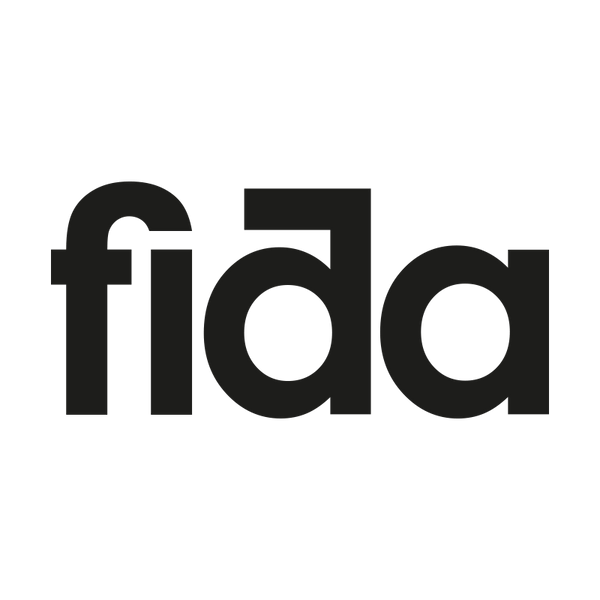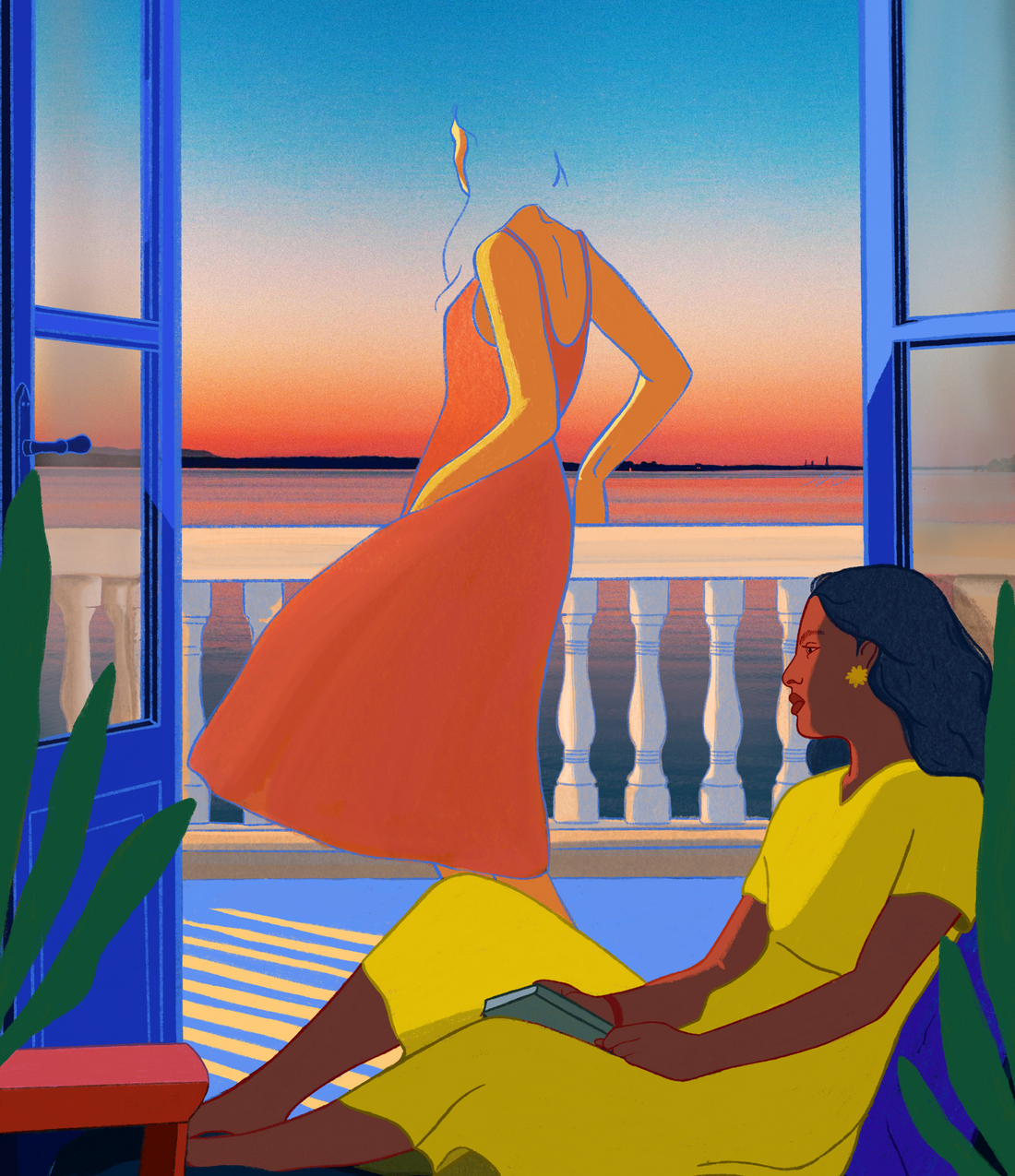Natalia Gonzalez talks about her love of Paris, her desire to change the female narrative in the art world, and juggling between her roles as Creative Director and Artist.
How did you first break into the creative industry, and were there any key moments or people that helped shape the early stages of your career?
I was very lucky to be raised by a mother that loved art dearly. Since I was very little, she took me to many museums, and I just loved being surrounded by fascinating paintings and seeing beauty everywhere. Still, I’ve never considered having a creative career, I didn't even think it was possible. Everything changed when my mum took me to an Impressionism exhibition and I saw Monet’s painting "Impression, soleil levant”. She really supported me and pushed me to pursue Fine Arts studies in Bilbao, in a time where not many parents believed in creativity as a career choice. As part of that experimentation in my creative journey, I later graduated in France with a Visual Communications Bachelor and Art Direction Master. I got an internship at Christian Dior in my last year of studies and I got to work as a Graphic Design Assistant at the Studio Image. It was definitely a pivotal moment for me. I was introduced to the savoir-faire and the excellence of an amazing French house which made me able to combine two of my favourite things: the creative dimension in fashion and craftsmanship, one of the purest forms of art.

How has living in Paris influenced your artistic style and creative process?
Paris has always been my dream city and I think there are many things that have influenced my vision and creative process: obviously, the beautiful architecture and scenery. I found myself inspired everywhere I lay my eyes, the cultural scene, the diversity of people that live here, their different backgrounds… and the light. I have lived in 4 other cities before and even if it’s not the sunniest city, Paris has the most dramatic light I’ve ever seen. It makes every scene look straight out of a movie and I find it very charming. From the time I started living here, I became more and more fascinated by the light and atmosphere. It shaped my work and became an important element.

Are there any brands or designers whose aesthetics resonate with you and inspire your artistic style?
Loewe is without a doubt a brand that resonates with me for their strong storytelling, elegance and their approach through emotions. Everything from the collections to the scenography is a piece of art. I also feel inspired by Cecilie Bahnsen’s feminine, romantic universe and modern aesthetic. I love her multicultural approach and how she incorporates details and influences from London and Paris with a Scandinavian heritage. Last but not least, I’m very sensitive to Pierpaolo Piccioli’s work at Valentino and his unique touch and sense of colour has influenced my creative process as well.

How do you incorporate inspiration from other fields like fashion, architecture, or cinema into your artwork?
Growing up in Spain, and living in France for several years now, has given me a double culture that acts as nourishment in my work, mostly in the colour palette. The work and life of Frida Kahlo, Wes Anderson's and Pedro Almodovar’s movies, and fashion illustrator Antonio Lopez’s work are other key inspirations too. They influenced me in my interest in strong female characters and storytelling. Working in fashion has created a curiosity and love for small details. But I will say Frank Horvat’s work has had a big influence on my creative expression and search for a refined and elegant style.

As an art director and illustrator, how do you balance your personal creative voice with client briefs when working on commissions?
I think for me the key is finding a balance. The most important thing is understanding what the client’s goal is and using my vision and expertise to find the best strategy to bring it to life. I try to put personal touches in clients' work, it can be the colour palette, textures, typo or even just the slightest details. And I feel grateful to be able to work both in teams and alone. I love the creative synergy and dynamic that comes from working with different people and getting their point of view and value. The biggest difference in working alone I would say is the fact that there is more creative freedom as there is not a compromise to be made and clients hire me for my style and technique, but that comes with more pressure as well.

Do you have any routines or habits (like meditation, sports, or reading) that help maintain your mental clarity and creativity while juggling multiple roles?
Going for a long walk has become essential to me, especially in the morning. It helps me start my day calm, getting slowly in motion and not rushing and stressed to catch the metro or jump in a meeting. Other tools are definitely meditation, to recenter in the moment and focus. If I’m looking to resolve a problem or seeking inspiration, I have a really extended collection of beautiful books about art, history of graphic design, food, fashion, travel that I love to come back to and dive in. At the end of the day I like to go running and get everything out of my head and body.

Is there a recurring theme or message in your work that’s driven by something you’ve read, watched, or experienced in popular culture?
Naturally, what I work the most on, are non-tangible and universal feelings like nostalgia and happy memories that everyone can identify with. I like to think that I help people travel to unknown destinations with my illustrations but additionally, that they get to travel to those personal memories of their own and that they recognize themselves in those characters. When I studied History of Art and was in those museums, I couldn't get my head around the fact that there were so many male artists, but women were mainly muses. That idealisation of the woman, as a muse that looks like an object, hides a sad reality for me: women were always shown as passive figures, powerless, often nude and posing quietly for a man. I decided that with my craft, I wanted to contribute to change the narrative and reclaim the women’s creative point of view and power of being the subject and the artist at the same time.
Which of your projects so far has been your favourite, and what made it special for you?
Working for Vanity Fair has been a big milestone for me. I grew up looking at those beautiful fashion magazines like VF and Vogue and never thought I would be commissioned by one of them. Furthermore, as creatives, we often work for brands or in big teams where we don’t always get enough recognition for our work. Being trusted, given credit, and put on the spotlight in dream collaborations like this one is a breath of fresh air for my creative soul and confidence.

What has been the most transformative moment or experience in your creative journey so far, and how did it shape the way you approach your art and career today?
Working freelance and being part of Louis Vuitton’s creative teams - working on site and meeting many other freelancers with different backgrounds and getting to know their career/work approach. I realised many worked in different projects at the same time: illustration, make up, their own clothing line, pottery, you name it. That opened up a new world for me, where it was possible to have a diverse range of interests and professional projects. People were super hard working, dynamic and driven, and the city of Paris reflects that as well.
See more of Natalia:

